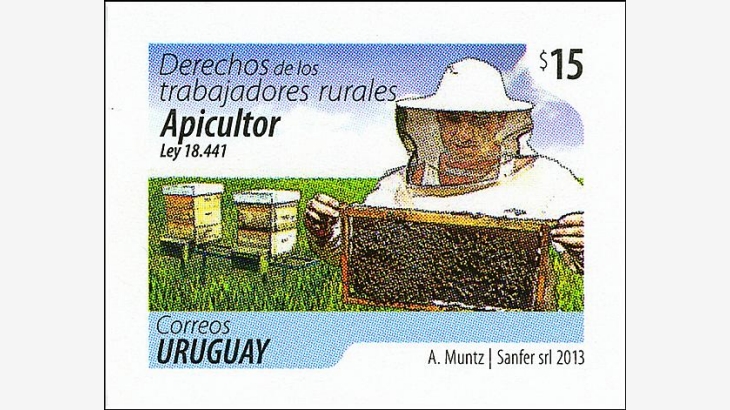A recent assessment of higher tier studies on the toxicity and risks of neonics in honeybees by Solomon and Stephenson reported a colony-level NOAEC of 25 μg/kg (ppb) for imidacloprid and clothianidin. The toxicity of these insecticides to honeybees is however known to be reinforced with chronic exposure, and extrapolation of time-to lethal-effect toxicity plots compiled from published studies indicate that an imidacloprid level of 0.25 ppb, i.e. one-hundredth of the reported colony NOAEC, would kill a large proportion of bees nearing the end of their life.
This huge discrepancy points to the impressive resilience of beehives in counteracting lethal effects of neonicotinoids, as long as the colony remains otherwise healthy with a productive queen that is able to maintain the colony population. The explicit connection between innate immunity loss and the neonicotinoids leading to infestation with a wide variety of pathogens appears to be the decisive factor that ultimately bring down stressed colonies.
Drs Solomon and Stephenson responded to the letter from Dr. H Tennekes (“The Resilience of the Beehive” Journal of Toxicology and Environmental Health B 20: 316–386), as follows. Here we emphasize that our quantitative weight of evidence analyses were focused on the level of the honeybee colony. These colony-level responses include redundancy and resiliency as well as a number of possible sublethal effects of pesticides on the colony. We also note that the literature has shown that binding of neonicotinoid insecticides to the nicotinic acetylcholine receptor is reversible. The comments in this letter do not provide reasons to change our conclusions, that, as currently used in good agricultural practices as seed-treatments, imidacloprid, clothianidin, and thiamethoxam do not present significant risks to honeybees at the level of the colony.
Sources:
Henk A. Tennekes (2018): Letter to the editor “The resilience of the beehive”,
Journal of Toxicology and Environmental Health, Part B, DOI: 10.1080/10937404.2017.1421425
Keith R Solomon & Gladys L Stephenson (2018): Response to Tennekes
(2018) “The Resilience of the Beehive” Journal of Toxicology and Environmental Health B 20: 316–386, Journal of Toxicology and Environmental Health, Part B

- Login om te reageren

Application of the Druckrey-Küpfmüller equation
Solomon and Stephenson infer that the application of the Druckrey–Küpfmüller equation to the mechanism of toxic action of neonicotinoids in honeybees is inappropriate. As is widely understood, this equation was developed to explain responses of mammals to carcinogens where there is irreversible binding of the toxicant to the receptor, and the resulting downstream effects (mutations) can be irreversible.
Compare this statement with a statement in a paper co-authored by Bayer employees Norbert Mencke and Olaf Hansen (page 635):
“the irreversible blocking [by imidacloprid] of the nACh receptors leads to a lethal hyperactivity of the nerves and muscles of the insect.”
What the Bayer employees are in fact saying is that, from a theoretical point of view, the mechanism of toxic action of imidacloprid is not different from that of carcinogens. In both cases, there is irreversibility of receptor binding and irreversibility of the effect. That’s exactly what I inferred in my rebuttal to the Maus and Nauen Letter to the Editor.